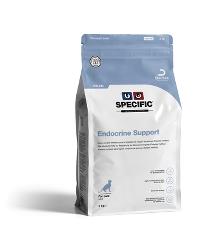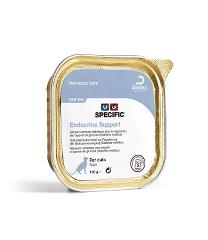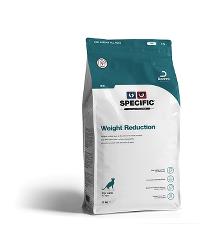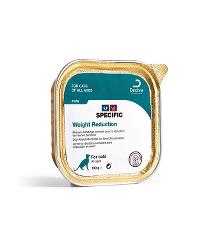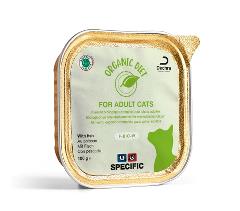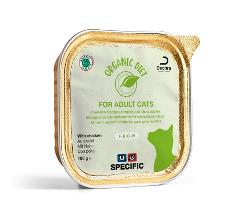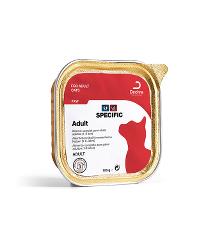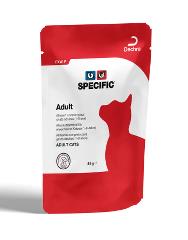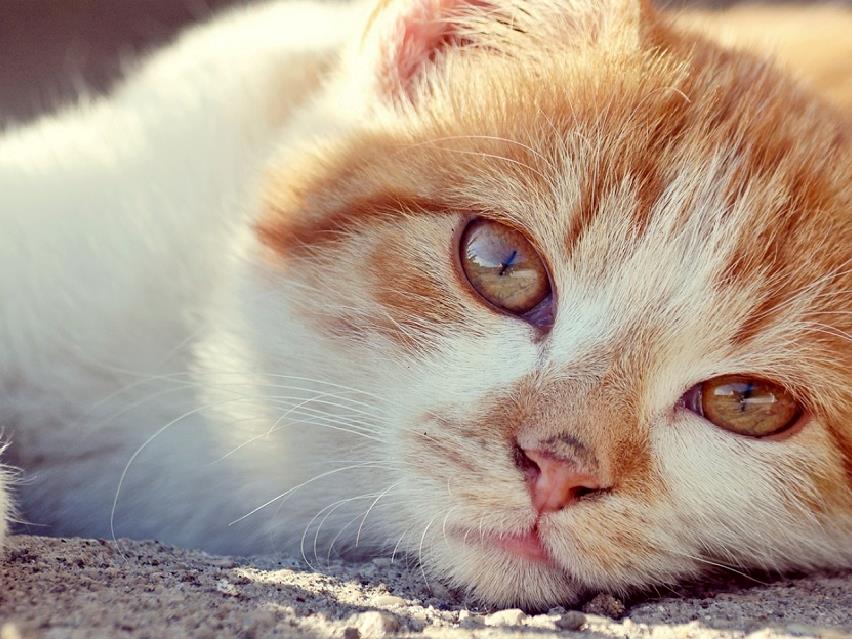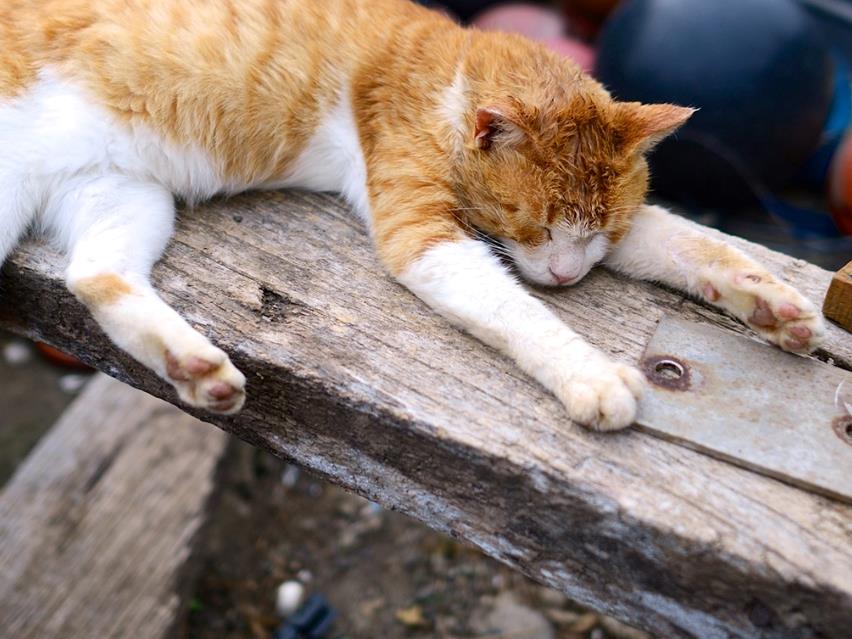HELPING CATS WITH DIABETES MELLITUS
WHAT IS DIABETES MELLITUS IN CATS?
Insulin allows the body to use glucose (sugar) for energy. When blood glucose levels rise, then more insulin is released helping to maintain a steady level of blood glucose.
In most cats with diabetes mellitus, two things happen. Firstly abnormalities in the pancreas interfere with the production of insulin. Secondly, the body has a reduced ability to use the insulin that is produced, so called insulin resistance.
The result is that the body can’t properly use glucose for energy and is less able to control blood glucose levels.
WHAT CAUSES DIABETES MELLITUS?
Diabetes is mainly a disease of middle-aged and older cats and is more common in male; neutered and overweight cats. There is also some suggestion that Burmese cats have a genetic predisposition to developing diabetes.
Excess weight and a sedentary lifestyle are two of the most common causes of the insulin resistance that is a critical component of the disease.
COMMON SIGNS OF DIABETES MELLITUS
The main signs of diabetes mellitus in cats are:
- Increased urination - as the higher blood glucose levels increase urine production
- Increased thirst – to compensate for the moisture lost through increased urination
- There may be weight loss combined with an increased appetite as the body is less able to extract nutrients from food, however excess weight is also often associated with diabetes
Recommended food for Diabetic cats
MANAGMENT OF DIABETES MELLITUS
The good news is that, for many cats, if properly managed, then the outlook is good with the potential for a long, active and happy life.
The two key elements to managing a diabetic cat are
Diet and Insulin
Click here for a free diabetic monitoring diary
YOU CAN HELP YOUR VET
Once diabetes mellitus is diagnosed, you will work closely with your vet to manage this condition.
In the early stages you will need to make frequent visits to the vet, whilst they stabilise the situation. After that less frequent, but still regular, visits are needed to monitor the situation.
You can help your vet by having to hand clear and accurate information on a number of things. Try to keep a record of:
- The time of injections and the amount of insulin injected.
- What is your cat’s appetite like – ideally note the actual weight of food eaten.
- Have there been incidents of vomiting or diarrhoea – note the actual dates and times when they occur.
- Try to measure the amount of water your cat drinks – measure out the water when you fill the bowl then at the end of the day pour any left back into to a measuring jug and note the amount drunk.
- Try to keep a weekly note of your cat’s weight – just weigh yourself then weigh yourself holding the cat.
- Watch and note any changes in their demeanour, are they more lethargic or more sleepy than usual; are they moving freely or is there some stiffness.
HOW CAN DIET HELP WITH DIABETES MELLITUS?
- Diet can help regulate blood glucose levels
- Diet can help with weight management
- Diet can help support in cases of inflammation, oxidative stress and associated conditions
Recommended food for Diabetic cats
DIET AND THE REGULATION OF BLOOD GLUCOSE LEVELS
With diabetes, a shortage of insulin and reduced effectiveness of the insulin means the body is less able to control the blood glucose levels meaning you need to help achieve this control through what is eaten.
There are two key elements to this carbohydrates and fibre.
Carbohydrates are rapidly turned into sugar so, for a diabetic, it is important to reduce the levels of carbohydrates and to eat the types of carbohydrate that are more slowly converted to sugar – those that have a lower glycaemic index.
Fibre also plays a role, by slowing down the speed of digestion of carbohydrates.
Beta-glucans and omega-3 – also help by improving the body’s response to insulin – helping offset the insulin resistance.
DIET AND WEIGHT MANAGEMENT
Excess weight is closely associated with diabetes, in cats, as excess weight interferes with the body’s ability to use insulin.
On the other hand weight loss can also occur as the cat is unable to extract enough nutrients from its food.
Controlling the weight of a diabetic cat is important and weight reduction in overweight cats may dramatically reduce or, in some cases, eliminate the need for insulin treatment.
To help achieve the right body weight:
- Regularly weigh your cat so you can see if they are losing or gaining weight
- Control portions – it helps to weigh out their food so you know exactly how much they are getting and can, more easily, adjust up or down
- Encourage your cat to exercise with toys and games. Try putting bits of food in different places or using a food ball or puzzle feeder – to make them work that bit harder for their food
- If you have more than one cat, it important to feed them separately
- Talk to your vet about weight management support
DIET AND THE SUPPORT IN CASE OF INFLAMMATION, OXIDATIVE STRESS AND ASSOCIATED CONDITIONS
Inflammation is a normal bodily function that helps fight off infection and repair injury. Diabetes, however, causes increased inflammation and a reduced performance of the immune system resulting in a number of secondary problems, that include urinary tract infections.
Nutrients such as EPA and DHA omega-3 from fish can help by supporting the body’s natural anti-inflammatory response, whilst nutrients such as zinc, selenium and vitamin A can support the immune system.
Oxidative Stress: Free radicals are unstable components produced as natural by-products of processes, such as metabolism. Free radicals cause damage when they react with body cells. Anti-oxidants – molecules that neutralise free radicals - are the body’s defence system. Oxidative stress occurs when there are more free radicals than there are anti-oxidants to deal with them – and there is evidence that this state of oxidative stress exists in diabetics – potentially giving rise to a number of complications. Foods rich in antioxidants can help neutralise free radicals.
Diet and pancreatitis. Pancreatitis is inflammation in the pancreas and there is a close relationship between diabetes and pancreatitis in cats – although it isn’t clear which is causing which. Foods with moderate fat levels can help manage the pancreatitis.



